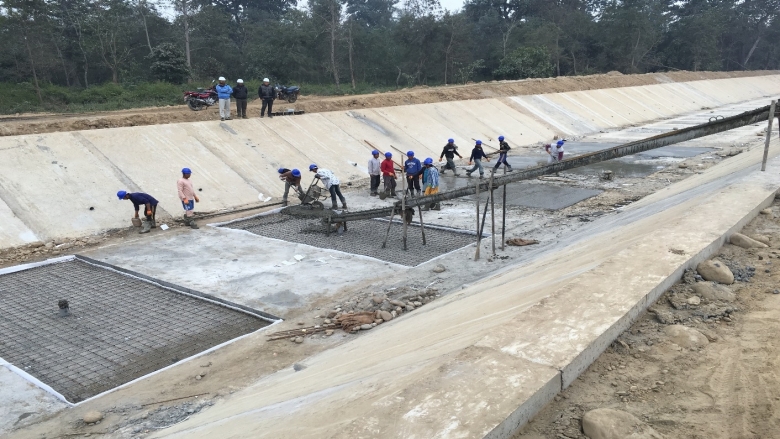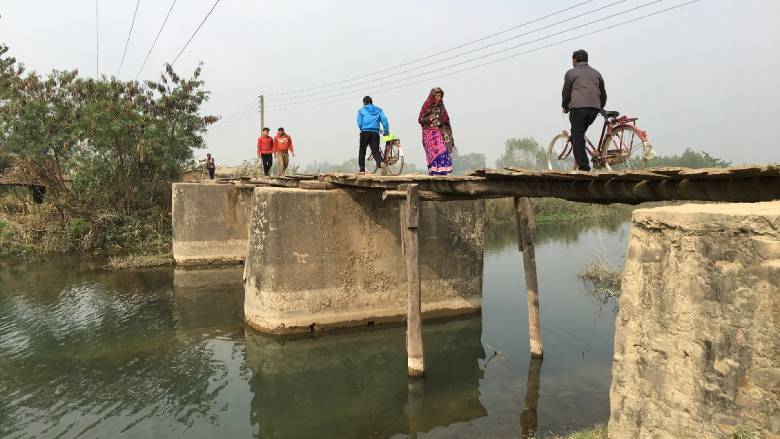Challenge
In Nepal, agriculture contributed to a third of gross domestic product and employed about 80 percent of the rural labor force. The rural population is comprised mostly of smallholder farmers whose level of income from agricultural production was low by international standards. The country’s agricultural sector had become vulnerable to erratic monsoon rains. Farmers often experienced unreliable rainfalls and droughts that threatened their crop yields every year. Before project implementation the Rani Jamara Kulariya Irrigation Scheme, located in Kailali District in the Far Western Tarai Region of Nepal, which is one of the most prominent Farmer Managed Irrigation Schemes in the country, with a total command area of 14,300 ha, regularly suffered from either shortage of water or sever flood damage making it unreliable. Additionally, the scheme was not resilient to climate change and water induced hazards. The government inability to manage the water equitability and efficiently further hampered water distribution. Therefore, this project put emphasis on providing more efficient, reliable and flexible water services to farmers and households to mitigate agricultural losses due to water hazards and improve economic gains in the agro-industry.
Approach
The project had three main focuses: modernization of the scheme, capacity building, strengthening of the Water User Association, and agricultural production support. Modernization of the scheme included improving the performance of the system, particularly improved irrigation water delivery in the command area. Modernization of the scheme also focused on delivering a system that was resilient to water induced hazards such as droughts and floods. Better resilience and improved irrigation addressed gaps and secured water for agricultural and household consumption. Capacity building and strengthening for the Water User Association encompassed a revamping of the management, operation and maintenance systems through employee and member trainings; allowing for a sustainable investment. Lastly, agricultural support entailed educating farmers on crop diversification, marketing and training on the use of new technologies for agricultural purposes. Although all three components seem relatively different, together they would result in increased agricultural production, incomes and productivity.

